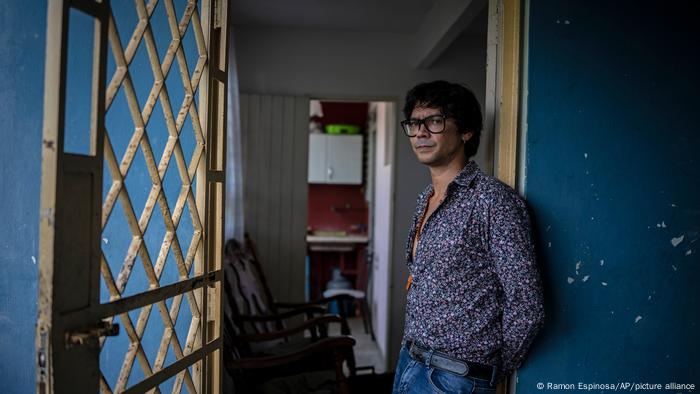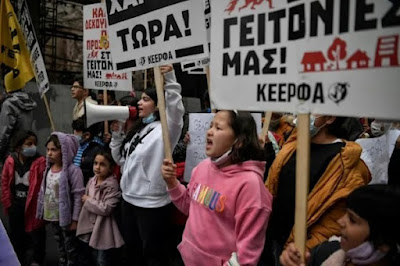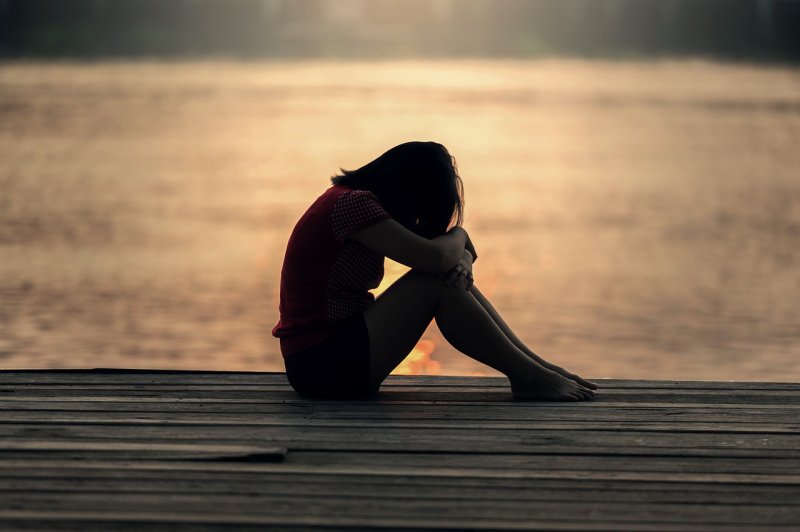Days after Cuban authorities thwarted planned protests by the dissident group Archipelago, its most vocal activist has left the island.
Yunior Garcia Aguilera said he had been incomunicado for several days

Yunior Garcia is the most vocal and known face of the Archipelago movement
A leading activist who had been a vocal backer of anti-government protests in Cuba unexpectedly left the country and flew to Spain, a Spanish government spokesman confirmed on Wednesday.
Yunior Garcia Aguilera and his wife, Dayana Prieto, arrived in Madrid on tourist visas. "We have arrived in Spain, alive, healthy and with our ideas intact. We have many people to thank," Garcia wrote on his Facebook page.
The activist is the most vocal and known face of the Archipelago movement, which was created after rare, spontaneous protests swept the streets in July. Cubans took to the streets to protest power outages, shortages and high prices. They denounced the lack of freedoms on the island.
Cuba has accused the US government of instigating the protests and trying to destabilize the country. Garcia, a screenwriter who is mostly known in Cuba for his plays, as well as his television and movie scripts, has denied being linked to the US.
A 'personal decision'
Garcia's departure from Cuba comes in the wake of a wider crackdown on media and organizers ahead of protests that were planned for November 15. Authorities had targeted Garcia, barring him from leaving his apartment building when he said we would carry on a solo protest walk on Sunday.
But, since Monday, no one had heard from him or seen him, prompting members of the Archipelago group to voice concern about his safety.
"I have been without communication for several days and I need to update myself on the situation of other members of the Archipelago. Very soon we will discuss our odyssey," the 39-year-old wrote.
It was not clear if Garcia had fled the country or if he had been forced to leave. But sources from the Spanish Foreign Ministry told newspaper El Pais that it was "a personal decision,” whereby Garcia had requested a visa to Spain and it was granted.
"Obviously, if Cuban authorities were not against it, because if it had been so, he would not have left,” the source is quoted as saying, adding that it was unclear to Spanish authorities whether or not he would apply for political asylum.
jcg/fb (AFP, AP, EFE)

Yunior Garcia is the most vocal and known face of the Archipelago movement
A leading activist who had been a vocal backer of anti-government protests in Cuba unexpectedly left the country and flew to Spain, a Spanish government spokesman confirmed on Wednesday.
Yunior Garcia Aguilera and his wife, Dayana Prieto, arrived in Madrid on tourist visas. "We have arrived in Spain, alive, healthy and with our ideas intact. We have many people to thank," Garcia wrote on his Facebook page.
The activist is the most vocal and known face of the Archipelago movement, which was created after rare, spontaneous protests swept the streets in July. Cubans took to the streets to protest power outages, shortages and high prices. They denounced the lack of freedoms on the island.
Cuba has accused the US government of instigating the protests and trying to destabilize the country. Garcia, a screenwriter who is mostly known in Cuba for his plays, as well as his television and movie scripts, has denied being linked to the US.
A 'personal decision'
Garcia's departure from Cuba comes in the wake of a wider crackdown on media and organizers ahead of protests that were planned for November 15. Authorities had targeted Garcia, barring him from leaving his apartment building when he said we would carry on a solo protest walk on Sunday.
But, since Monday, no one had heard from him or seen him, prompting members of the Archipelago group to voice concern about his safety.
"I have been without communication for several days and I need to update myself on the situation of other members of the Archipelago. Very soon we will discuss our odyssey," the 39-year-old wrote.
It was not clear if Garcia had fled the country or if he had been forced to leave. But sources from the Spanish Foreign Ministry told newspaper El Pais that it was "a personal decision,” whereby Garcia had requested a visa to Spain and it was granted.
"Obviously, if Cuban authorities were not against it, because if it had been so, he would not have left,” the source is quoted as saying, adding that it was unclear to Spanish authorities whether or not he would apply for political asylum.
jcg/fb (AFP, AP, EFE)












